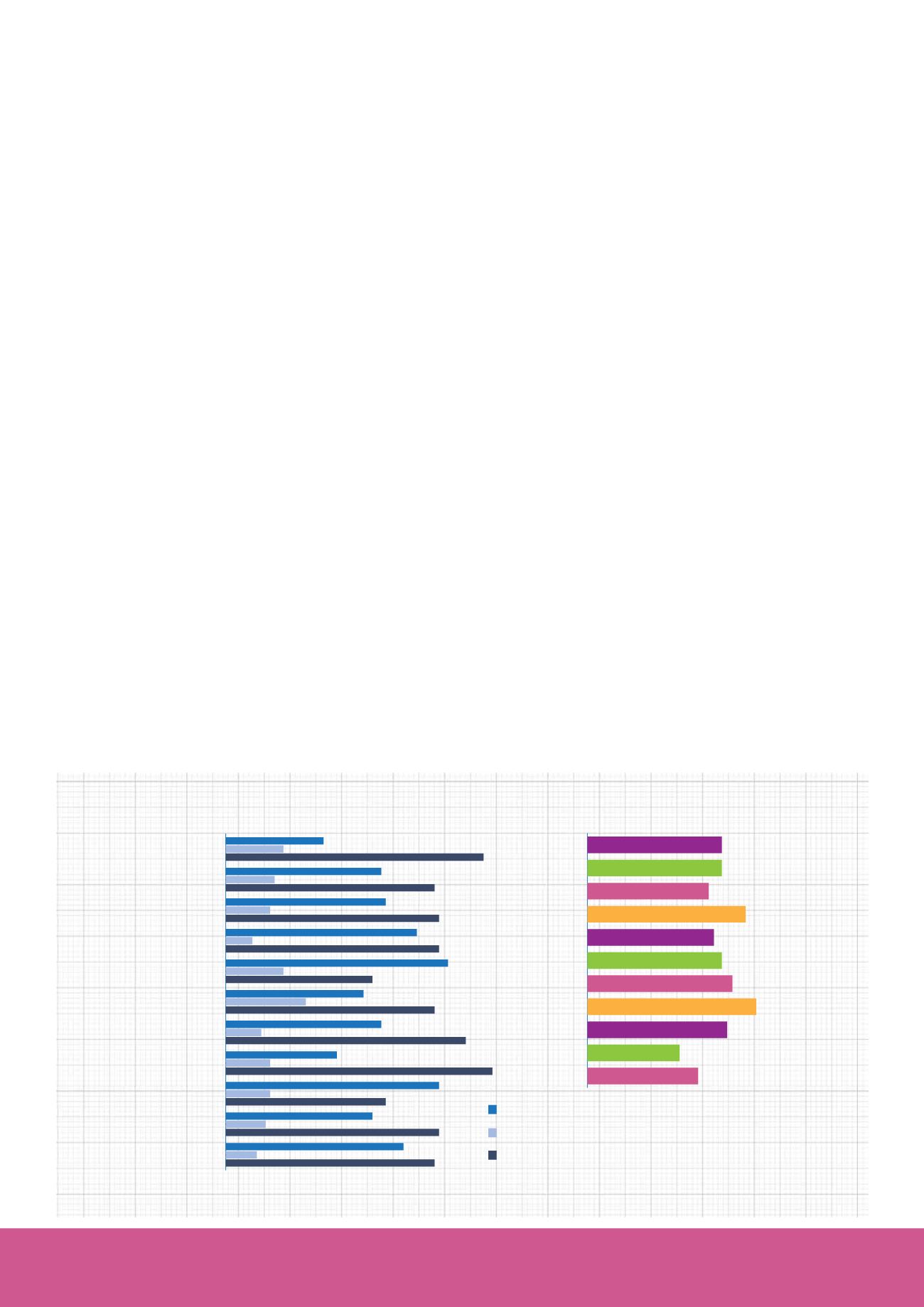
ISSUES
: The Internet of Things
Chapter 1: Digital issues
10
Digital dangers
Summary of
Digital Dangers: the impact of technology on the sexual abuse and
exploitation of children and young people
.
Barnardo’s and Marie Collins Foundation. Authored by Tink Palmer, 2015
R
esearch conducted with a number of Barnardo’s
services, both specialist child sexual exploitation
and educational services, has revealed how
integral new technology has become in the sexual
abuse and exploitation of children. The Internet and
new technologies have allowed potential victims to
be accessible and available to perpetrators, who may
be anonymous, quickly and freely in ways that would
otherwise not be possible. Children and young people
are now able to communicate more easily with people
they would otherwise not usually interact with.
Children and young people at risk of harm online may
not have any previous vulnerabilities that are often
associated with being victims of sexual abuse and
exploitation, such as being in care, from families facing
adversities or having a history of sexual abuse. This
means that they are less likely to be identified as they
might not be known to the authorities. Also, because
of the nature of online activity the currently accepted
indicators of possible sexual exploitation, such as going
missing or school absence, may not be displayed, and
the first parents may know that their child has been a
victim of sexual exploitation is when the police contact
the family.
Certain groups of children and young people, such as
young people with learning difficulties, those with mental
health problems, lesbian, gay bi-sexual, transgender
and inquisitive young people, appear to be particularly
vulnerable to online harm.
All professionals interviewed for the research believed
that the development of new technology over the last
11 years has changed the way they have to work with
young people and the methods of providing support.
The report highlights the need for:
Ö
Ö
Easier access to existing prevention resources
and advice, including age-appropriate healthy
relationships and sex education through schools
Ö
Ö
Training for all professionals working with children
and young people so that they feel confident in
identifying those at risk of harm online
Ö
Ö
Assessments to be carried out by support services
to include abuse that relates to online harm only
Ö
Ö
Assessment of products, such as games and
apps, both those currently in use and those in
development, to make sure they have safeguards in
place to prevent children being harmed online.
2015
Ö
Ö
The above information is reprinted with kind
permission from Barnardo’s. Please visit www.
barnardos.org.uk for further information.
© Barnardo’s 2016
Source: Groundbreaking Vodaphone global survey reveals 43% of teens think cyberbullying a bigger problem than drug abuse, Vodaphone, 22 September 2015
% of people who agree with the following
statement:
“Cyberbullying is worse than
bullying face to face/ in person.”
Czech
Germany
Greece
Ireland
Italy
Netherlands
New Zealand
South Africa
Spain
UK
USA
Through which ONE of the following ways
do you think you would find it **easier**
to express your feelings or views?
Czech
Germany
Greece
Ireland
Italy
The Netherlands
New Zealand
South Africa
Spain
UK
USA
Using words
Using emojis
Using a combination
of words and emojis
22%
13%
58%
35%
11%
47%
36%
10%
48%
43%
6%
48%
50%
13%
33%
31%
18%
47%
35%
8%
54%
25%
10%
60%
48%
10%
36%
33%
9%
48%
40%
7%
47%
51%
51%
46%
60%
48%
51%
55%
64%
53%
35%
42%


